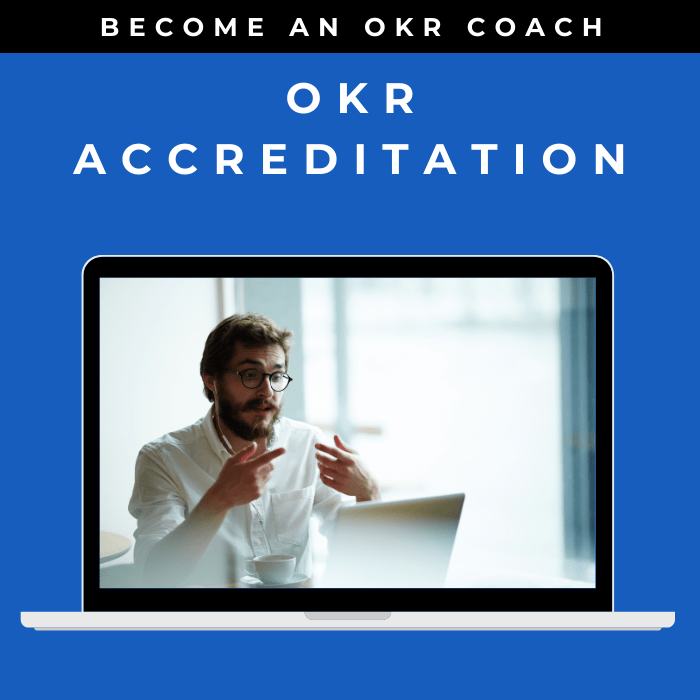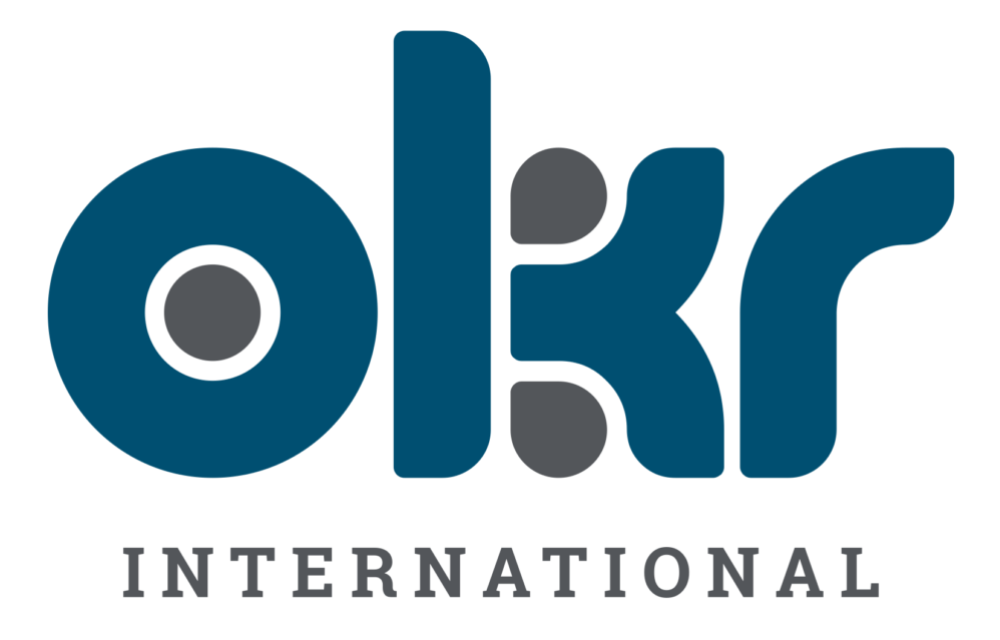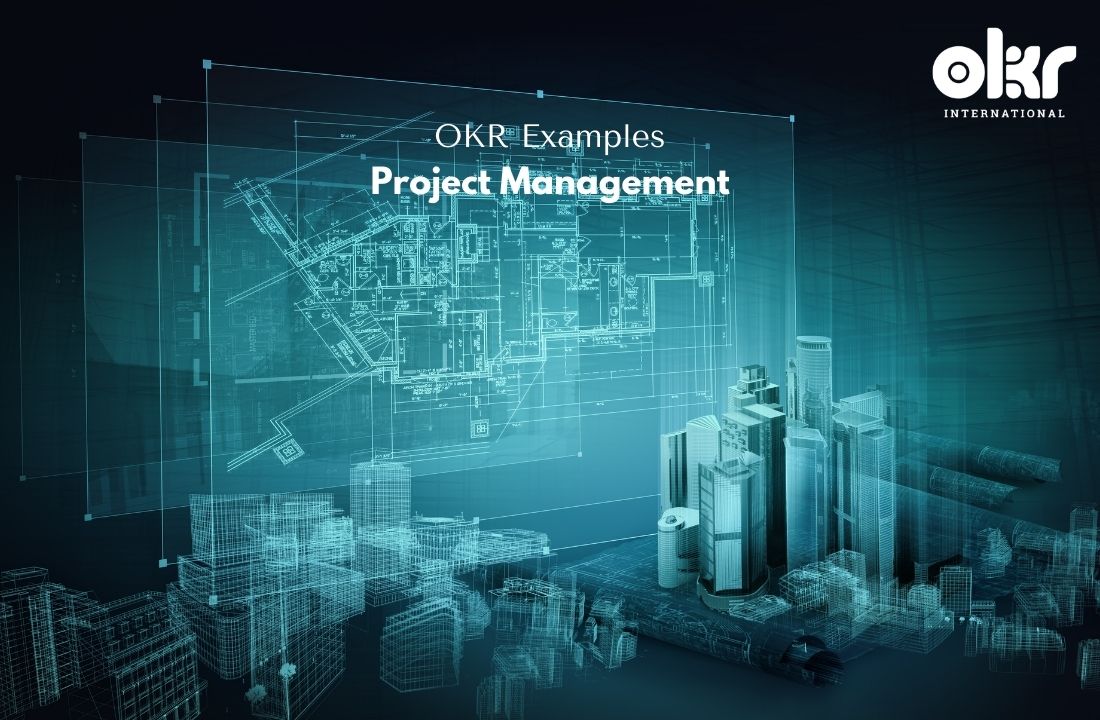10 Powerful OKR Examples in Project Management
Effective project management is crucial for organizations to deliver successful outcomes and achieve their strategic objectives. Objectives and Key Results (OKRs) provide a structured approach to drive project success and improve project management practices. Here are ten powerful OKR examples in project management:
1. Enhancing Project Delivery
Objective: Improve project delivery efficiency and effectiveness.
Key Results:
- Reduce project delivery time by 10% compared to previous projects.
- Achieve 40% increase in on-time project completion.
- Improve project success rate by delivering 70% of projects within scope, time, and budget.
2. Maximizing Resource Utilization
Objective: Optimize resource allocation and utilization for improved project performance.
Key Results:
- Increase resource utilization rate to 30% across all projects.
- Achieve 20% reduction in resource conflicts or bottlenecks.
- Improve resource forecasting accuracy to within 15% deviation.
3. Strengthening Stakeholder Engagement
Objective: Enhance stakeholder engagement and satisfaction throughout the project lifecycle.
Key Results:
- Conduct regular stakeholder meetings or feedback sessions with 70% participation rate.
- Achieve 12% increase in stakeholder satisfaction scores.
- Implement 20% of stakeholder suggestions or recommendations.
4. Improving Project Quality
Objective: Enhance project quality and deliverables to meet or exceed customer expectations.
Key Results:
- Achieve 10% increase in customer satisfaction ratings for project deliverables.
- Reduce project defects or errors by 15% through quality assurance measures.
- Implement 75% of lessons learned from previous projects to improve quality.
5. Enhancing Risk Management
Objective: Strengthen risk identification, assessment, and mitigation strategies for projects.
Key Results:
- Identify and assess 10% more project risks compared to previous projects.
- Implement risk mitigation measures for 20% of identified high-priority risks.
- Achieve 30% reduction in project risks impacting timelines or outcomes.
6. Improving Communication and Collaboration
Objective: Enhance project team communication and collaboration for seamless execution.
Key Results:
- Implement a project communication plan with 40% improvement in team responsiveness.
- Increase project team collaboration through 50% more effective use of collaboration tools.
- Achieve 30% reduction in project delays caused by communication or coordination issues.
7. Enhancing Project Planning and Execution
Objective: Improve project planning and execution processes for better outcomes.
Key Results:
- Develop and implement 1 standardized project planning template or methodology.
- Achieve 20% adherence to project timelines and milestones.
- Increase project team productivity by 70% through streamlined execution processes.
8. Increasing Project ROI
Objective: Maximize project returns on investment and deliver tangible business value.
Key Results:
- Achieve 12% increase in project ROI compared to initial projections.
- Deliver project outcomes that exceed customer expectations, resulting in 20% additional revenue.
- Achieve 15% cost savings or operational efficiencies through successful project implementations.
9. Enhancing Change Management
Objective: Improve change management practices to ensure smooth project transitions.
Key Results:
- Develop and implement a change management framework or process for 30% of projects.
- Achieve 80% employee adoption and acceptance of project-related changes.
- Reduce change-related resistance or conflicts by 15% through effective change management strategies.
10. Investing in Project Management Excellence
Objective: Foster the growth and development of project management professionals.
Key Results:
- Provide project management training or certification opportunities to 60% of the project team.
- Implement 3 knowledge sharing platforms or practices to facilitate project management best practices.
- Achieve a 9 score on employee satisfaction with project management support and career development initiatives.
By adopting these OKR examples in project management, organizations can drive successful project outcomes, optimize resource utilization, enhance stakeholder engagement, improve project quality, strengthen risk management, foster collaboration, maximize ROI, and invest in project management excellence. These strategic objectives and key results serve as guiding principles for organizations seeking to excel in their project management practices and deliver impactful projects.

When looking to set OKRs, it’s natural to want examples to ignite the thought process or simply compare yours to OKR Examples. Check out our compendium of OKR Examples here.
Explore Our Range of Services
Bring OKRs (Objectives and Key Results) to your organisation with our tried & tested OKR Framework.


OKR International’s highly acclaimed Certified OKR Practitioner Program is the first and only OKR accreditation endorsed by ICF & HRCI for continuing education units.
OKR International helps leaders create the alignment, engagement and result orientation needed for growth by offering OKR Advisory services.



